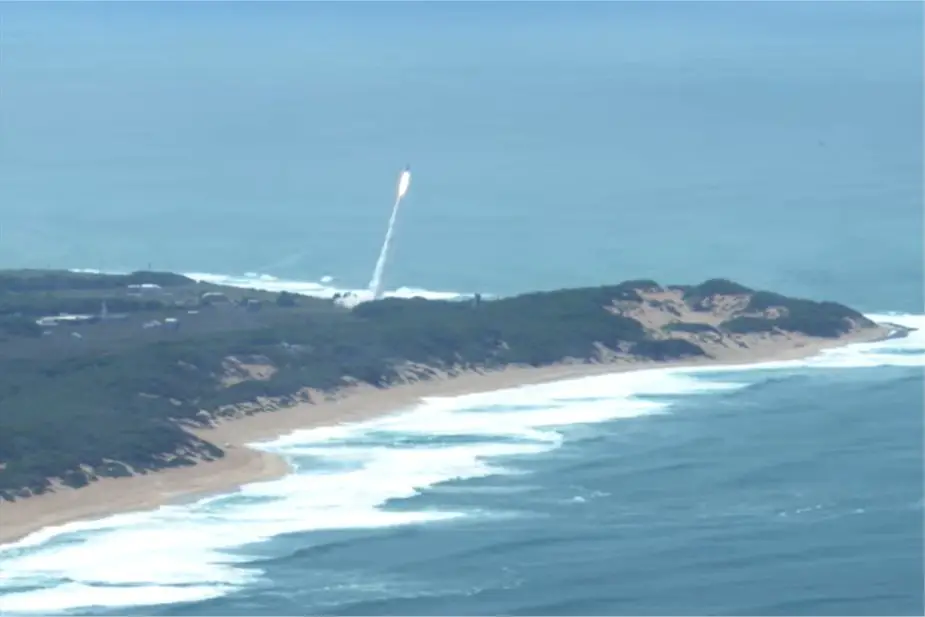Breaking news
US Navy & MDA hit mark in intercepting multiple targets during Integrated Air and Missile Defense IAMD test.
According to information published by the US Navy alongside the Missile Defense Agency (MDA) successfully carried out a complex Integrated Air and Missile Defense (IAMD) test, employing the USS CARL M. LEVIN (DDG 120), an Arleigh Burke-class destroyer.
Follow Navy Recognition on Google News at this link
 Launch of short range ballistic missile targets from Pacific Missile Range Facility in Hawaii. (Picture source: US DoD)
Launch of short range ballistic missile targets from Pacific Missile Range Facility in Hawaii. (Picture source: US DoD)
The operation, dubbed Vigilant Wyvern, was orchestrated from the Pacific Missile Range Facility in Kauai, Hawaii, under the aegis of the US Navy Program Executive Office Integrated Warfare Systems and the MDA.
The test aimed to evaluate the ability of a ballistic missile defense-configured Aegis ship to detect, track, and intercept two short-range ballistic missile (SRBM) targets while simultaneously engaging two subsonic anti-ship cruise missile drone targets in an Anti-Air Warfare (AAW) scenario.
This exercise was one of the large-scale IAMD events conducted in the US Indo-Pacific Command Area of Responsibility, marking a simultaneous test of Ballistic Missile Defense and Anti-Air Warfare raids.
Designated as Flight Test Aegis Weapon System-48 (FTM-48) by the MDA, the test involved the engagement of SRBM targets with two Standard Missile 3 Block IA (SM-3 Blk IA) interceptors and the engagement of anti-ship cruise missile drone targets with four SM-2 Blk IIIA interceptors.
The test demonstrated a mode where ships can integrate traditional air defense with updated discrimination and tracking capabilities to defend against coordinated missile attacks.
The success of this test provides data and insights into the capabilities of the Aegis weapon system and the crew of the USS CARL M. LEVIN in handling multiple, simultaneous threats.
About the missiles
The SM-3 Blk IA is crafted to intercept ballistic missiles outside the atmosphere during the mid-course phase of a hostile missile's flight, utilizing a kinetic warhead that relies on impact energy to neutralize threats.
For navigation, it employs an Inertial Measurement Unit and an infrared seeker for terminal homing, ensuring accurate interception of incoming missiles. The missile is propelled by a two-pulse solid rocket motor, aiding in reaching high altitudes to meet its targets. While its exact operational range is classified, it is designed to counter short- to intermediate-range ballistic missiles.
On the other hand, the SM-2 Blk IIIA is engineered for fleet-area air defense and ship self-defense against anti-ship missiles and aircraft. It utilizes a semi-active radar homing guidance system, which relies on radar reflections off the target for tracking. Unlike the SM-3, the SM-2 Blk IIIA is equipped with a blast-fragmentation warhead to neutralize airborne threats effectively.
The aerodynamic control of this missile is achieved through tail-controlled aerodynamics, which is crucial for terminal phase interceptions and maneuverability. It has a specified range of 90 nautical miles (167 kilometers) and can reach altitudes up to 65,000 feet, propelled by a solid rocket motor.


























